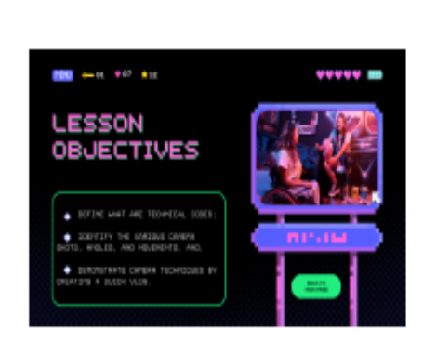


Indian Journal of Science and Technology
Year: 2024, Volume: 17, Issue: 2, Pages: 120-133
Original Article
Christopher B Capul1, Micah T Sitchon2, Jayvie O Mañebog3, Dustin Roy C Angellano4, Michael E Guanzon5, Raffy G Nate6, Glen V Geneblaza7, Frederick F Patacsil8*
1Benigno S. Aquino National High School, Concepcion, Tarlac, Philippines
2Saint Pius X Institute Inc., Cuyapo Nueva Ecija, Philippines
3Great Eastern Institute, San Isidro, La Paz, Tarlac, Philippines
4Talugtug National High School, Talugtug, Nueva Ecija, Philippines
5Philippine Air Force, Clark Air Base, Mabalacat City, Pampanga, Philippines
6San Jacinto National High school, San Jacinto, Pangasinan, Philippines
7DOTW by WEBBEDS, Mandaluyong, along EDSA, Philippines
8Pangasinan State University - Urdaneta City Campus, Philippines
*Corresponding Author
Email: [email protected]
Received Date:20 April 2023, Accepted Date:03 October 2023, Published Date:12 January 2024
Background: In today’s generation, Augmented Reality and Virtual Reality as a big impact on society in several interesting and beneficial ways like engaging entertainment, better buildings, carefully design cars, and lastly enhanced education. Objectives: The goal of this study is to develop augmented reality instructional material that will help Grade 12 students easily understand the least learned topics in Media and Information Literacy. Methods: This study will implement a mix of developmental and descriptive research designs. To plan and construct efficient learning experiences, instructional designers and training developers employ the ADDIE model. Fifty-five (55) SPXI students took part and learned how AR can be used in MIL. Findings: The generated intervention material using AR is acceptable and usable, according to the results. Students can interact with various augmented reality (AR) elements to explore potential responses in a three-dimensional interface, according to a study about the usability of AR. This study simply shows that learning is valuable, enjoyable, and efficient, and can raise students' academic performance. The researchers advise broadening the target population in order to assess the usefulness and acceptability of the developed augmented reality by introducing and implementing it in additional schools that offer Media and Information Literacy courses. Novelty: Traditional teaching methods can sometimes be less engaging for students. This research explored a novel approach to presenting lessons using augmented reality (AR) technology. By leveraging smartphones and a dedicated app, students were introduced to an immersive and interactive learning experience.
Keywords: Augmented Reality, Computer Assisted Instructions, Instructional Material, Media and Information Literacy
© 2024 Capul et al. This is an open-access article distributed under the terms of the Creative Commons Attribution License, which permits unrestricted use, distribution, and reproduction in any medium, provided the original author and source are credited. Published By Indian Society for Education and Environment (iSee)
Subscribe now for latest articles and news.